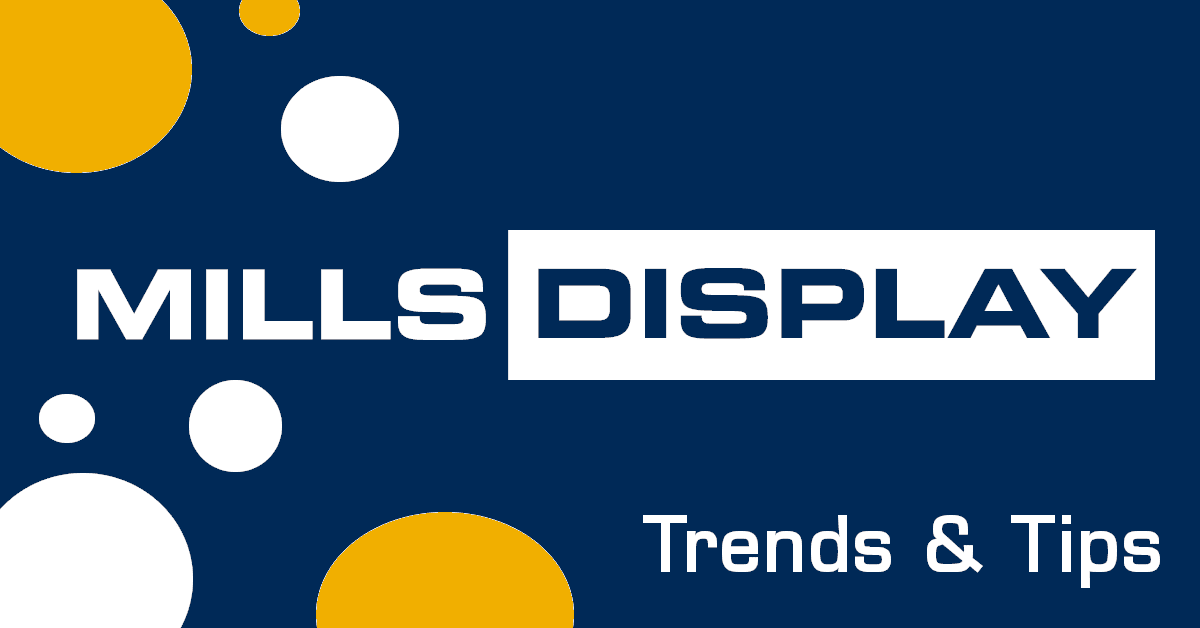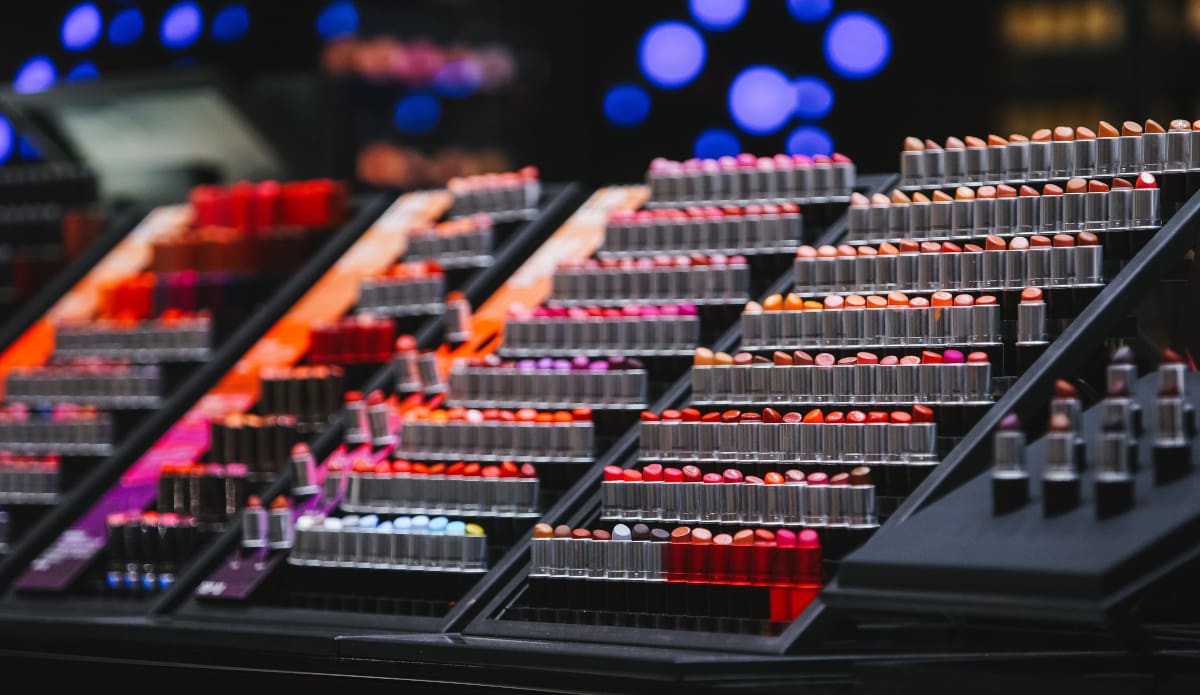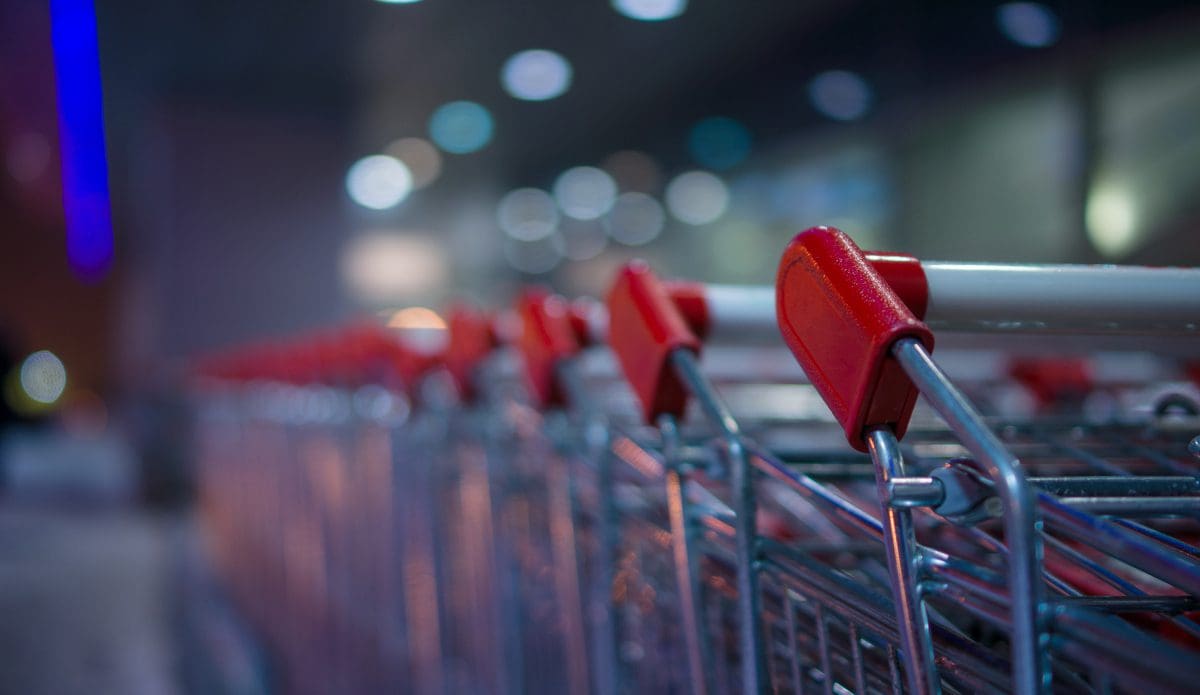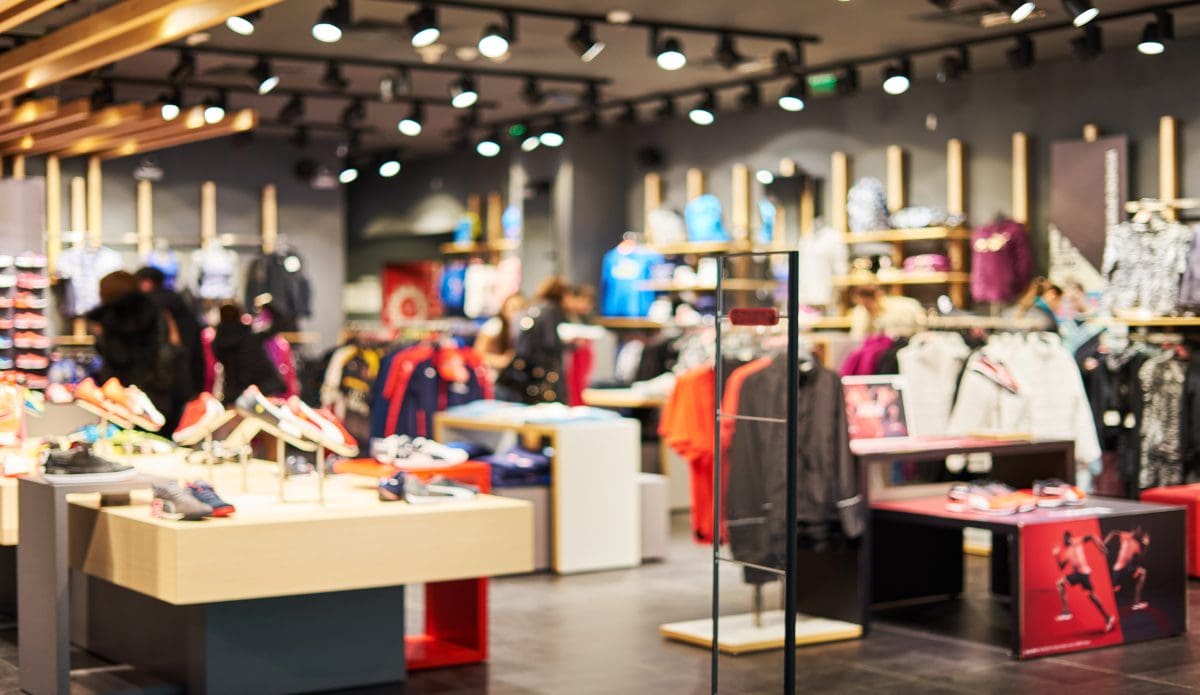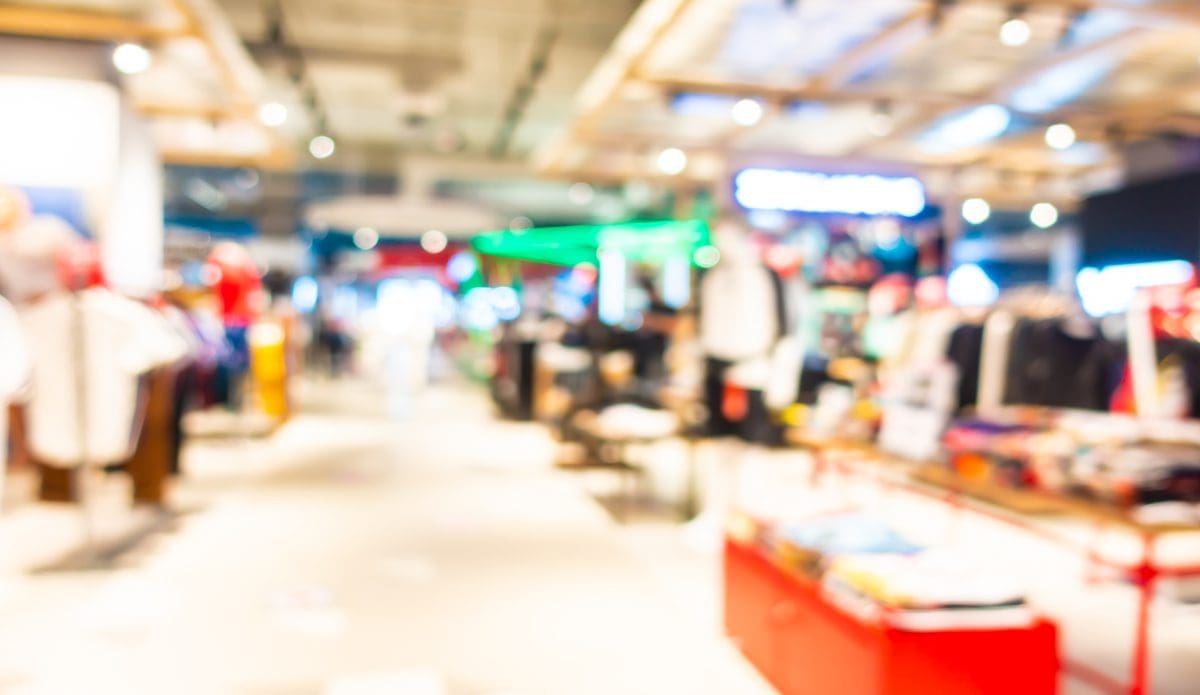Well executed displays attract consumers and help to push your conversion rate up. But it can be hard to achieve a unique look with standard templates and signage.
At Warner Display, we create thoughtfully designed displays, produced with excellent materials, and finished beautifully. This enhances product displays, encourages customer engagement, and increases basket value. 30+ years of experience in the field has equipped us with the knowledge necessary to specialise in the design and creation of individualised in-store displays.
By working with you on a one-to-one basis, we’re able to design and manufacture display stands that complement your advertising plan and marketing strategies. We appreciate the importance of your brand identity and take the time to connect with your vision during this process. As a result, the end pieces we create are in line with your brand values, not to mention that of your customers.
Everything within your store contributes to creating a pleasant and persuasive shopping experience for your customers, this includes store counter display boards, promotional displays and merchandising stands. Effectively created display boards can go a long way in helping you craft a more inviting, consumer-friendly space for your visitors. With our signage, the intention is to design pieces that stand out in busy, competitive marketplaces.
Scale Up or Down With Ease
The display needs of every business is different and we’re prepared to meet them. Whether the scale of your promotions is across multiple branches and store, or you have a one-off plan in mind, we aim to work with your team on design. Right from conceptualising the concept to manufacturing the individual display pieces and finally distributing them to your locations. This lightens the load at your end as all that’s required is for merchandisers to set up the custom displays in-store.
A Wide Range of Designs
In addition to custom display stands, we also have a wide range of pre-existing templates. Browse our catalogue to find grid display stands, revolving displays and attractive modular display systems, among other options. The materials and equipment that we specialise in include custom hooks, branded and custom hang sells, and acrylics.
You are only limited by your imagination (and physics).
Choose from A Variety of Materials
A single material used for everything doesn’t usually achieve the effect that you want. Depending on the purpose and concept of the marketing campaign, we use different materials to create attractive and eye-catching designs. With so many to choose from, the task of selection can be a bit overwhelming. Our team has the technical knowledge and experience to make recommendations in keeping with your brand’s guidelines and understanding the requirements of your environment.
How Can Effective Custom Displays Benefit Your Business?
Having signage within a store is economical when you consider the benefits that it brings in return. Display boards are not the main attraction, but they are meant to catch consumer attention and redirect it to specific products within the store.
Enhance Your In-Store Marketing
Signage in retail marketspaces is an extension of your team on the shop floor. These display signs guide consumers to what they’re looking for and assist them in making informed decisions about their purchases. This enhances the overall consumer experience at your locations.
Emphasise Your Branding
You can leverage signage by investing in pieces that complement your brand identity. Think of Apple or Nike – branding brings huge value to the product. By creating signage that is aligned with your branding, you create a more holistic approach that can add prestige to your brand.
Create Points of Communication
In terms of messaging, pieces like retail counter displays play a highly purposeful role in that they can carry valuable information that you want to convey to consumers. Considering human psychology, people tend not to read large passages of text on display boards. So, it’s key to keep the messaging concise, just filter down the information to the essential points you want to convey. Here are some examples of information that you could convey via signage:
- Complete a call to action: The most effective signs are those with a very clear call to action that prompt customers to take the necessary steps to completing the goal you have in mind.
- Communicate pricing clearly: Hiding a product’s price usually just serves to frustrate customers. Rather than using conventional plastic holders, some of your special collections could be displayed with customised signage for additional appeal. These signs also give you the opportunity to create a complementary theme for a specific section of your display. A chalkboard sign, for instance, would serve to enhance the rustic appeal of a range of wholesome, earth-friendly products.
- Convey key use case or functional information: Use specialised in-store signage as opportunities to restate your sales pitch for certain products. Whether it’s to highlight their manufacturing process, their features or even to attract the key target audience. It’s an excellent way to reiterate the USPs of a product range.
Want Customised, Bespoke Displays?
Contact us at Warner Display. With huge experience in the industry, a one-stop-shop approach from design to delivery, and a focus on what you want to achieve, we offer a unique service.

